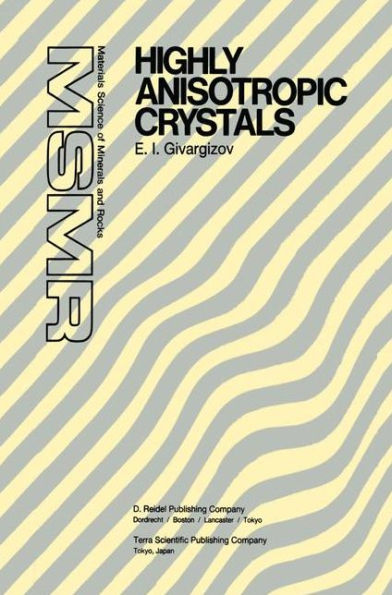5
1
9789027721723


Highly Anisotropic Crystals / Edition 1 available in Hardcover

Highly Anisotropic Crystals / Edition 1
- ISBN-10:
- 9027721726
- ISBN-13:
- 9789027721723
- Pub. Date:
- 12/31/1986
- Publisher:
- Springer Netherlands
- ISBN-10:
- 9027721726
- ISBN-13:
- 9789027721723
- Pub. Date:
- 12/31/1986
- Publisher:
- Springer Netherlands
169.99
In Stock

Product Details
| ISBN-13: | 9789027721723 |
|---|---|
| Publisher: | Springer Netherlands |
| Publication date: | 12/31/1986 |
| Series: | Materials Science of Minerals and Rocks |
| Edition description: | 1987 |
| Pages: | 394 |
| Product dimensions: | 6.14(w) x 9.21(h) x 0.36(d) |
From the B&N Reads Blog
